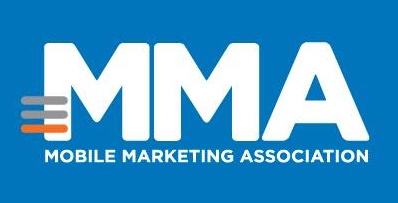
Most users have a prepaid plan (58%) and 60% have a data plan. Another feature is that Brazilians already have more than one chip, the average being 1.6 per mobiler. The preferred operator is TIM, with 34% of market share. Among the others, we observe a balance: Vivo with 23%, Claro and Oi with 20%.
always connected
Internet connections are more common at home than indoors, according to the survey (93% preferred by respondents). However, more than half of the connections are already made over the data plane (representing 58% of them). As might be expected, millennials are the most connected generation, spending an average of four and a half hours a day accessing the internet on their cell phones, while other generations spend around three hours and forty-four minutes connected.
The importance of the internet, however, is fundamental for all age groups, even among the most experienced. Its relevance surpasses television, radio and print media such as newspapers and magazines.
While boomers and Gen Xers have a stronger relationship with traditional media (such as TV, radio and newspaper), millennials connect with brands through mobile.
see and be seen
But what do Brazilians do so much on the internet? Socialize. Mobilers check their social media profiles every day, their favorite being Facebook – and across all age groups too. Access is given three to four times a day! Following are the chat applications, with WhatsApp in an overwhelming majority, also preferred by the more experienced. Among the youngest, the favorites are apps with audiovisual resources, such as YouTube and Instragam, with an emphasis on Snapchat.
The average number of apps per user is 20, with only six of them being used weekly. In Europe, for example, the average is 29 apps per user. Interestingly, most respondents choose the apps after consulting friends and relatives and remove them after achieving their goals.
The challenges for brands
The most impacted by advertising are millennials, naturally, as they spend many hours online. And being the social network most accessed by Brazilians, it is through Facebook that brands relate to mobilers. Next up is YouTube.
On average, 30% of users, however, never pay attention to advertising. Yet their 60% sometimes pays attention to what is being broadcast. This gives an important indication for brands: the user wants to have control, nothing that is invasive will be successful on mobile.
How to get the attention of mobilers, then? Among the youngest, what counts most is the look and design of the pieces, getting something in return (coupons, rewards), interest in the product/service category and humor. Among the older ones, the biggest motivation is the interest in the brand. The most suitable formats are photos of products and via posts on social networks.
The survey was carried out between November 3rd and 13th and had 1200 participants, from classes A, B and C, in nine metropolitan regions: São Paulo (SP), Rio de Janeiro (RJ), Belo Horizonte (MG), Porto Alegre (RS), Curitiba (PR), Brasília (DF), Recife (PE), Fortaleza (CE) and Salvador (BA). The group was divided by generations: Millennials (14 to 24 years old), Generation Y (25 to 34 years old), Generation X (35 to 44 years old) and Boomers (45 to 55 years old).












